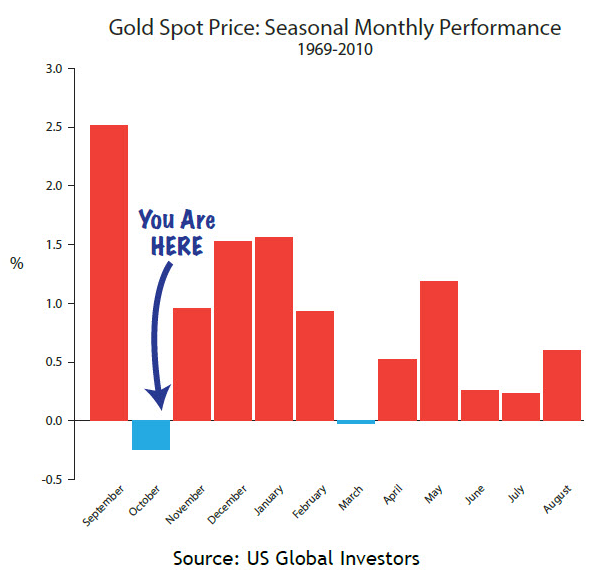… but for those who can, and wish to see beyond the propaganda of the Eurozone’s unelected leaders, here is Natixis with a candid, honest summary of Europe’s sad, “unsustainable” predicament.
Just when the consensus thinks Europe it is exiting the crisis…
by Patrick Artus of Natixis
This growing differential between real interest rates and growth rates is significantly harming borrowers’ solvency. Consider the case of public finances. Due to the widening differential between the real long-term interest rate and the real growth rate, the primary fiscal surplus which stabilises the public debt ratio (Chart 5) is currently (percentage points of GDP):
? 4.5 in Spain, versus an actual deficit of 4.0
? 7.0 in Italy, versus an actual surplus of 2.0;
? 11.7 in Portugal, versus a deficit of 1.0;
? 4.8 in Ireland, versus a deficit of 2.0;
? 26 in Greece, versus an actual deficit of 1.5.
These countries are therefore clearly entering deflation, a situation in which disinflation leads to excessively high real interest rates.
The rest of the euro zone is not in this situation. The real long-term interest rate in the euro zone, excluding the troubled countries, is 1%, just above the growth rate (Charts 7A and B); the euro zone excluding the troubled countries has no primary fiscal deficit (Chart 7C) and is therefore close to solvency.
The troubled euro-zone countries are faced with not only a rise in their real interest rates but also with the need to return to restrictive fiscal policies in 2014. In 2013 fiscal deficits were not reduced, except in Greece (Chart below, left), because these countries took advantage of the postponement of the date by which they have to bring their deficits under control. This situation is leading to a very rapid increase in public debt ratios (Chart below, right) and is therefore unsustainable; moreover, it is unacceptable for the European Commission, the ECB and Germany.
The ECB is therefore faced with a new heterogeneity in the euro zone. The troubled countries are being pushed into deflation due to the very large differential between real interest rates and growth rates which results from the rapid decline of inflation; this is not the case for the other countries. If the ECB does not react, the troubled countries will therefore find themselves in an even worse situation of confirmed deflation. What can it do? The solution that would be most effective, but is probably unacceptable for the ECB, would be to act like the Bank of Japan: massive purchases of government bonds of the troubled countries (Chart 10A) leading to a rise in inflation expectations and actual inflation (Charts 10B and C) and a fall in real long-term interest rates (Chart 10C). The probability of the ECB conducting this policy is very low; part of the euro zone is therefore likely to become mired in deflation just when the consensus thinks that it is exiting the crisis.
Source: Natixis
![]()
via Zero Hedge http://feedproxy.google.com/~r/zerohedge/feed/~3/kj35xU6XCbc/story01.htm Tyler Durden
















